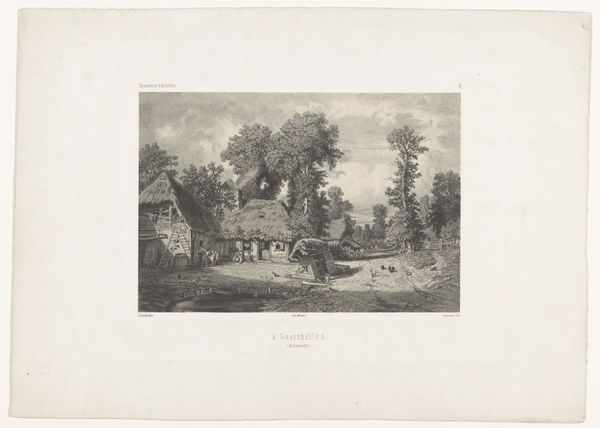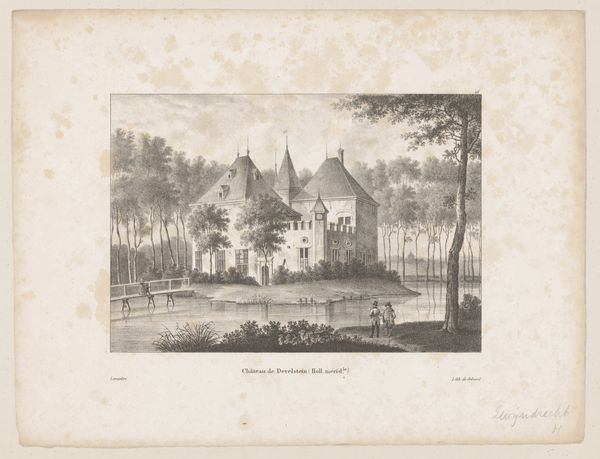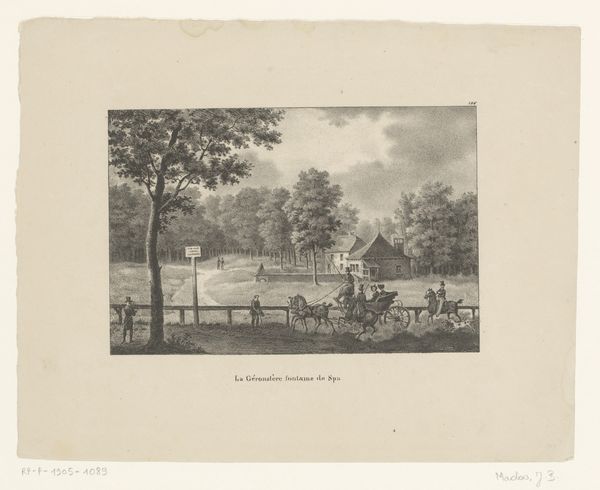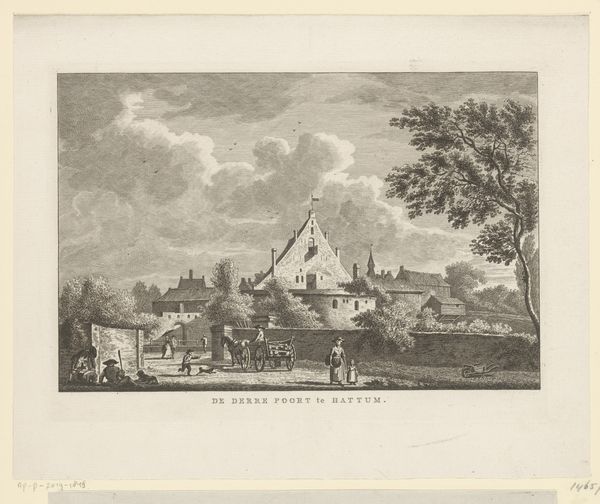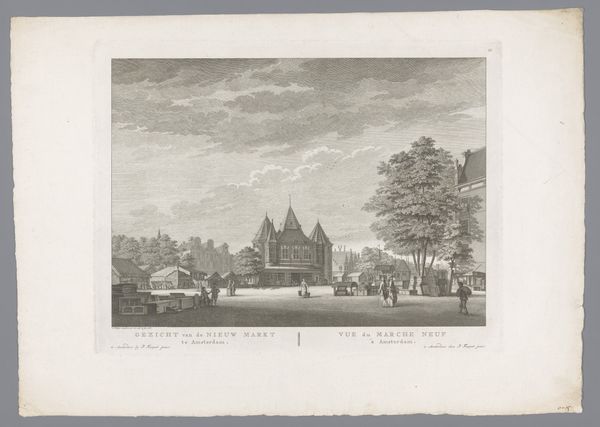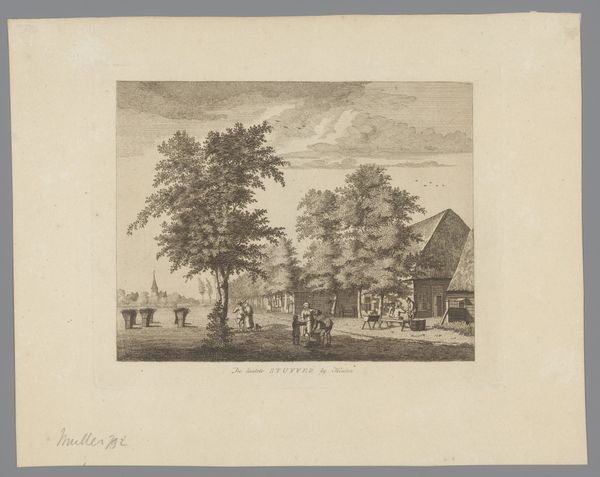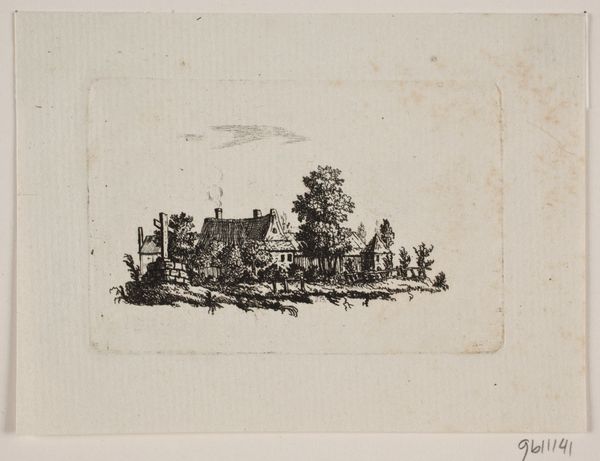
print, engraving
#
dutch-golden-age
# print
#
landscape
#
line
#
cityscape
#
engraving
#
realism
Dimensions: height 270 mm, width 360 mm
Copyright: Rijks Museum: Open Domain
Curator: What strikes me immediately about this image is the vibrancy of everyday life it captures, a slice of labor and leisure coexisting. Editor: Absolutely. We’re looking at "View of Haarlem from the Spaarne," a print made sometime between 1839 and 1863 by Hendrik Wilhelmus Last. It's a detailed engraving offering a scene from the bustling port city. Curator: I think the composition is important. The artist frames the cityscape with the busy foreground activities, centering working-class figures engaged in what seems to be the loading and unloading of goods. It situates their labor within the larger narrative of Haarlem's economic life, connecting those individuals to the city's prosperity. Editor: Indeed. Considering Last's choice of engraving – a meticulous, reproducible medium – underscores the accessibility and distribution of such imagery, effectively bringing these city views into domestic spaces. It gives us direct insight into the methods by which commodities and resources were distributed throughout the region. Curator: Exactly! And, you see how the engraving almost romanticizes this labor? By emphasizing clarity of detail, the artist perhaps aimed to represent this specific moment and activity as vital, picturesque components of Dutch identity. The clear, unwavering line of the medium really showcases the work performed in front of the Spaarne. Editor: Well, but what does this portrayal of labor leave out? Do you get a sense of their working conditions from the engraving’s precise strokes? Is the absence of critical context telling of larger social realities – things like exploitative practices, income inequality – that these images purposefully obscure? Curator: Those omissions are key. The print doesn't shy away from showing us people but by portraying them without evident markers of exploitation, Last reinforces a particular ideal. That’s not to say it's without value. It serves as an artifact documenting societal values and aspirations prevalent during its time. Editor: I suppose it's a balance between acknowledging its technical achievements as well as decoding what's hidden by the print’s very materials and mode of production. Curator: Precisely. Appreciating the layered interpretations enriches the artwork beyond its immediate aesthetic appeal and, instead, shows its wider historical narrative. Editor: I agree, this engraving highlights the labor it depicts on a material level, too, given its origins and production—leaving a powerful, multifaceted impression of the period and Haarlem's story.
Comments
No comments
Be the first to comment and join the conversation on the ultimate creative platform.
